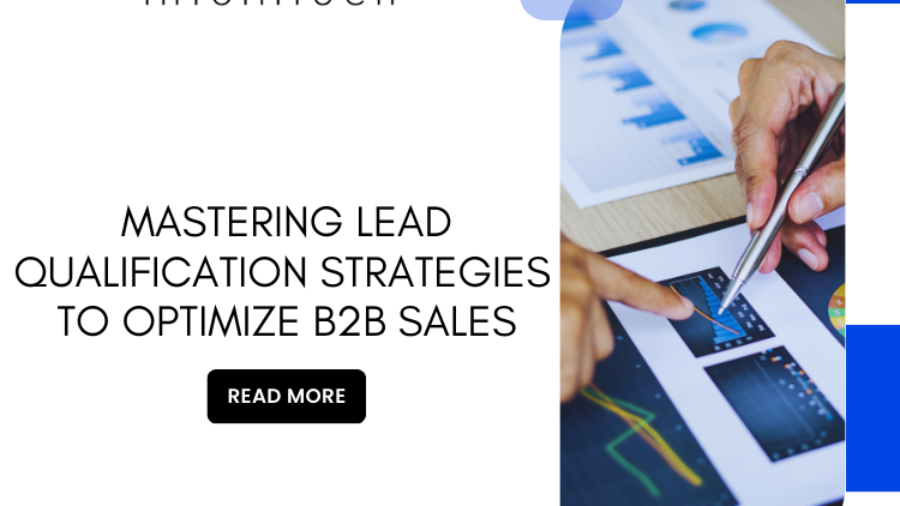In the realm of B2B sales, the effectiveness of lead qualification strategies holds the key to unlocking success. As the landscape becomes increasingly competitive and complex, businesses are recognizing the pivotal role that refined lead qualification plays in driving conversions and maximizing revenue. In this blog post, we will delve into the art of mastering lead qualification strategies to optimize B2B sales, exploring key techniques that can elevate your approach and drive meaningful conversion.
Crafting a Robust Ideal Customer Profile
The foundation of effective lead qualification in B2B sales lies in the development of a robust Ideal Customer Profile (ICP). This involves a detailed analysis of your ideal business customer, considering factors such as industry, company size, and pain points. By clearly defining your target audience, you set the stage for more precise lead qualification, ensuring that your efforts are focused on prospects with the greatest potential for conversion.
Utilizing Account-Based Marketing
Account-Based Marketing is a strategic approach that aligns sales and marketing efforts to target high-value accounts. By tailoring content and outreach specifically to the needs and challenges of key accounts, B2B sales teams can enhance lead qualification. ABM ensures that the focus is not just on individual leads but on building relationships with entire companies, fostering a more holistic and targeted sales approach.
Implementing Real-Time Lead Monitoring
In the fast-paced world of B2B transactions, timing is often as crucial as relevance. Real-time lead monitoring involves leveraging technology to track and analyze prospect behavior as it happens. By staying abreast of prospect interactions with your content and website, sales teams can capitalize on opportune moments, engaging with leads when their interest is at its peak.
Conclusion
Mastering lead qualification in the realm of B2B sales is an ongoing journey that requires a combination of strategic planning, advanced technology, and a deep understanding of your target audience. By crafting a robust Ideal Customer Profile, implementing advanced lead scoring models, integrating predictive analytics, adopting Account-Based Marketing, and embracing real-time lead monitoring, businesses can optimize their B2B sales efforts.





